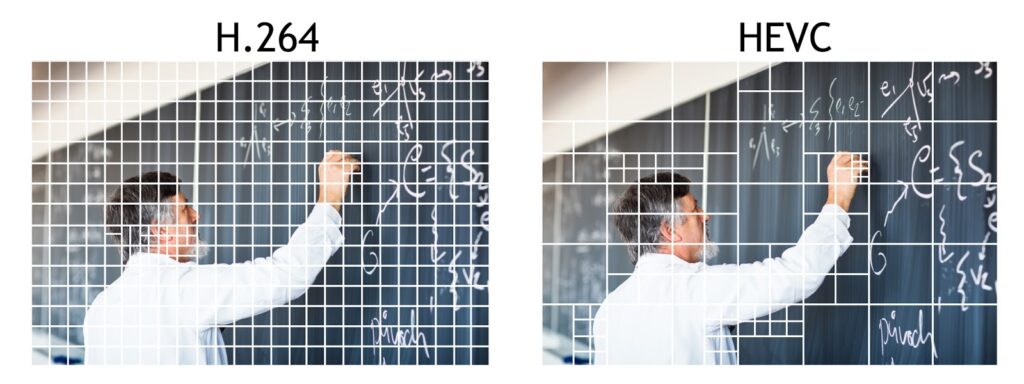errors on unraid GUI – sometimes its a loose cable, sometimes its an issue with the drive.
Run this command to check smart status
smartctl -a -d ata /dev/sda
or if you are using a newer SATA controller
smartctl -a -A /dev/sda
http://lime-technology.com/wiki/index.php/Troubleshooting
unfortunately in my case, looks like drive is pretty much dead… not too bad for a drive almost 5 years old.
its pretty typical of a WD green drive in its default config to die in this type of environment, no plans to replace it with a similar type drive. You can see below the incredibly high LCC count which indicates the drive header has parked this many times over its life. This is probably part of the problem – there is a tool you can run (check this vid, link for WDIDDLE3 also in comments – http://www.youtube.com/watch?v=J2eYyRI_F98) which disables the intellipark feature of the green drive. I never disabled the park timeout before this drive died (which defaults to 8 seconds!) — note: i have disabled it completely on my other green drives.
=== START OF INFORMATION SECTION ===
Model Family: Western Digital Caviar Green
Device Model: WDC WD10EADS-00M2B0
Serial Number: WD-WCAV51020991
LU WWN Device Id: 5 0014ee 2588170a5
Firmware Version: 01.00A01
User Capacity: 1,000,204,886,016 bytes [1.00 TB]
Sector Size: 512 bytes logical/physical
Device is: In smartctl database [for details use: -P show]
ATA Version is: ATA8-ACS (minor revision not indicated)
SATA Version is: SATA 2.6, 3.0 Gb/s
Local Time is: Thu Oct 30 18:48:41 2014 NZDT
SMART support is: Available – device has SMART capability.
SMART support is: Enabled
=== START OF READ SMART DATA SECTION ===
SMART overall-health self-assessment test result: FAILED!
Drive failure expected in less than 24 hours. SAVE ALL DATA.
See vendor-specific Attribute list for failed Attributes.
SMART Attributes Data Structure revision number: 16
Vendor Specific SMART Attributes with Thresholds:
ID# ATTRIBUTE_NAME FLAG VALUE WORST THRESH TYPE UPDATED WHEN_FAILED RAW_VALUE
1 Raw_Read_Error_Rate 0x002f 168 154 051 Pre-fail Always – 12560032
3 Spin_Up_Time 0x0027 149 105 021 Pre-fail Always – 5508
4 Start_Stop_Count 0x0032 099 099 000 Old_age Always – 1253
5 Reallocated_Sector_Ct 0x0033 119 119 140 Pre-fail Always FAILING_NOW 648
7 Seek_Error_Rate 0x002e 200 200 000 Old_age Always – 0
9 Power_On_Hours 0x0032 041 041 000 Old_age Always – 43079
10 Spin_Retry_Count 0x0032 100 100 000 Old_age Always – 0
11 Calibration_Retry_Count 0x0032 100 100 000 Old_age Always – 0
12 Power_Cycle_Count 0x0032 100 100 000 Old_age Always – 371
192 Power-Off_Retract_Count 0x0032 200 200 000 Old_age Always – 363
193 Load_Cycle_Count 0x0032 001 001 000 Old_age Always – 1932037
194 Temperature_Celsius 0x0022 118 076 000 Old_age Always – 29
196 Reallocated_Event_Count 0x0032 001 001 000 Old_age Always – 463
197 Current_Pending_Sector 0x0032 199 193 000 Old_age Always – 323
198 Offline_Uncorrectable 0x0030 199 190 000 Old_age Offline – 186
199 UDMA_CRC_Error_Count 0x0032 200 200 000 Old_age Always – 0
200 Multi_Zone_Error_Rate 0x0008 003 001 000 Old_age Offline – 39455
SMART Error Log Version: 1
No Errors Logged
SMART Self-test log structure revision number 1
Num Test_Description Status Remaining LifeTime(hours) LBA_of_first_error
# 1 Short offline Completed: read failure 90% 24914 789707146
Here is a good post on another forum about the issue (which also seems to hit some of the new RED drives);
https://forums.freenas.org/index.php?threads/hacking-wd-greens-and-reds-with-wdidle3-exe.18171/
I have disabled intellipark on the rest of my green drives (since they are close to 5 years and probably near failure). I have some new RED drives which i have increased the time out to 300 seconds. (most come with 300 sec timeout, but older firmware is at 8 seconds). From what I’ve been reading there is no physical difference between WD red and green drives, only the firmware differs. So if you are going to put some green drives into a NAS / RAID or Server environment ensure you run wdidle3 and either disable or change timeout on intellipark to 300 seconds. (then its pretty close to a red drive)
To check current status
wdidle3 /r
to disable intellipark
wdidle3 /d
to set to 300 (max) timeout
wdidle3 /s300



